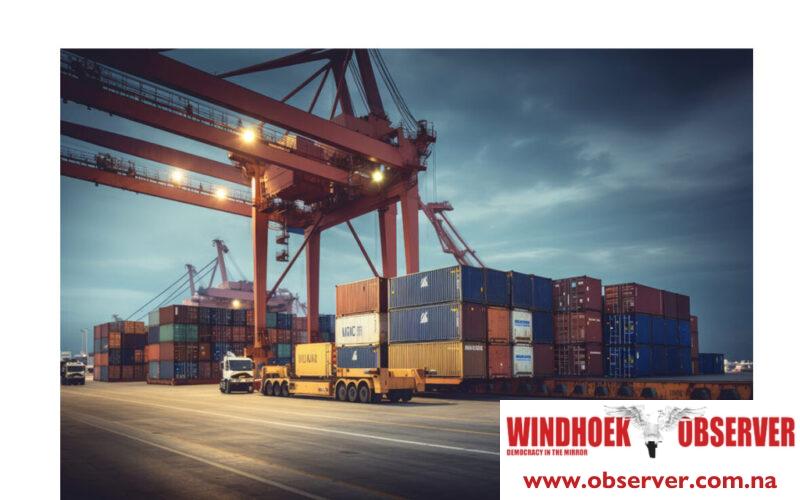Martin Endjala
The country’s import bill reached N$14.8 billion in January 2024, marking a 20.5% increase from N$12.3 billion in August, according to the Namibia Statistics Agency (NSA).
In September, export earnings rose slightly to N$9 billion from N$8.7 billion in August, resulting in a trade deficit of N$5.8 billion, up from N$3.6 billion the previous month.
This translates to a trade deficit of N$5.8 billion during September when compared to the N$3.6 billion recorded in August.
“Exports were revised upwards, increasing by N$12 million, while imports were revised downwards, with variations amounting to N$1 million,” read the report.
In terms of Namibia’s cumulative trade values, exports recorded N$85.6 billion in September, compared to N$74.1 billion registered during the same period of the previous year.
On the import side, the cumulative value of trade for the month under review amounted to N$114.7 billion, higher by N$17.2 billion when compared to the same period of 2023.
The demand was noted in the category of fish, which was revised down by N$19 million.
Electrical apparatus for switching or protecting electrical circuits and equipment for distributing electricity are being revised down by N$5 million and N$2 million, respectively.
Uranium accounted for the majority of the monthly increase in goods exports, rising by N$1.4 billion.
The value of other crude minerals increased by N$194 million, while the value of precious stones (diamonds) increased by N$98 million, and the value of civil engineering and contractors’ equipment increased by N$44 million.
Ores and concentrates of precious metals saw an increase of N$693 million, while copper ores and concentrates saw an increase of N$540 million.
The value of food processing machines increased by N$42 million.
Fertilisers increased by N$315 million, followed by precious stones (diamond) increased by N$228 million and edible products (frozen sweetened or flavoured ice cubes) and preparations increased by N$199 million.
In September, the mining and quarrying sector took the first position with the largest export of goods valued at N$4.3 billion, absorbing 48.2% of the country’s total exports.
“Products from this industry increased by N$994 million when compared to the previous month,” read the report.
The manufacturing sector came in second position with a share of 47.4% of the total exports in September.
Exported goods from this industry decreased by N$693 million when compared to the previous month.
Furthermore, the agriculture, forestry, and fishing sectors ranked third, contributing 3.8% of the total exports of goods.
During September, South Africa took the first position as Namibia’s main export destination, accounting for 20.4% of total exports.
Botswana came in second with a share of 19.2%, while China occupied the third position with a share of 16.5%.
Zambia and France took the fourth and fifth positions, respectively, contributing 7.6% and 6.5%.
During the month under review, the report stated that South Africa occupied the first position as the main source of goods imported, with a share of 37.6%.
China came in second with a share of 10.6%, followed by Brazil in third position, providing the country with 6.4% of the total imports.
Chile and Morocco took the fourth and fifth positions, both contributing 3.7% to the total imports.




